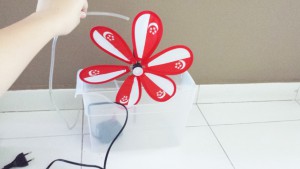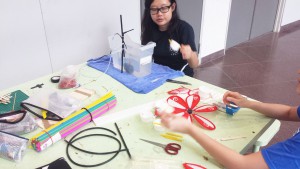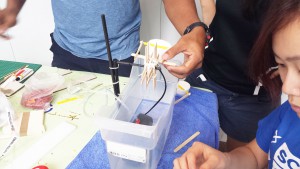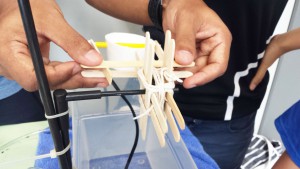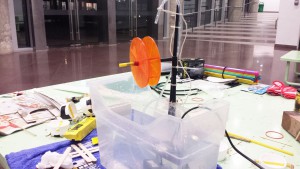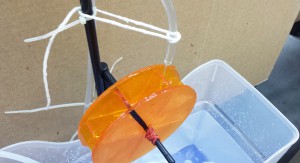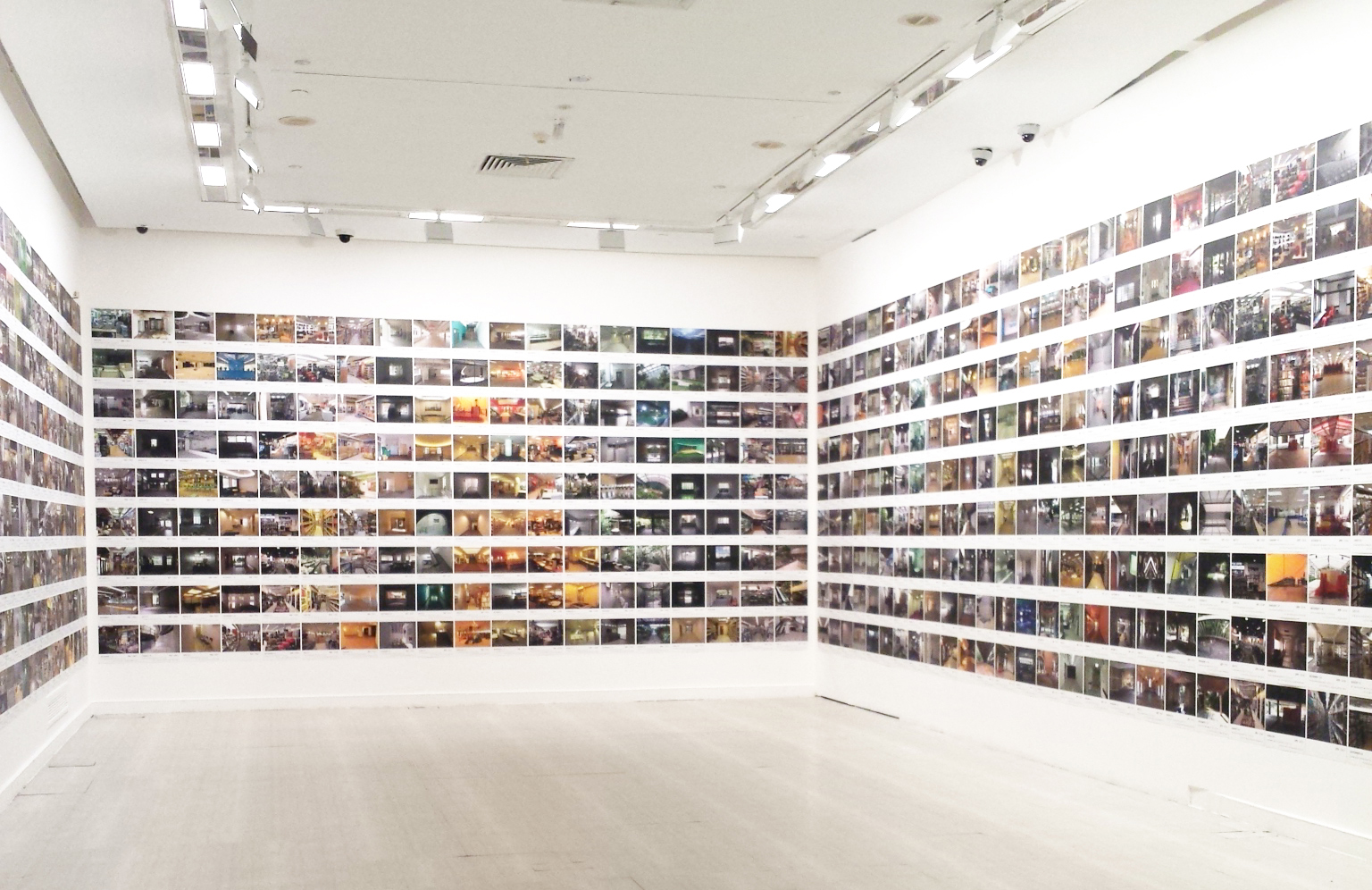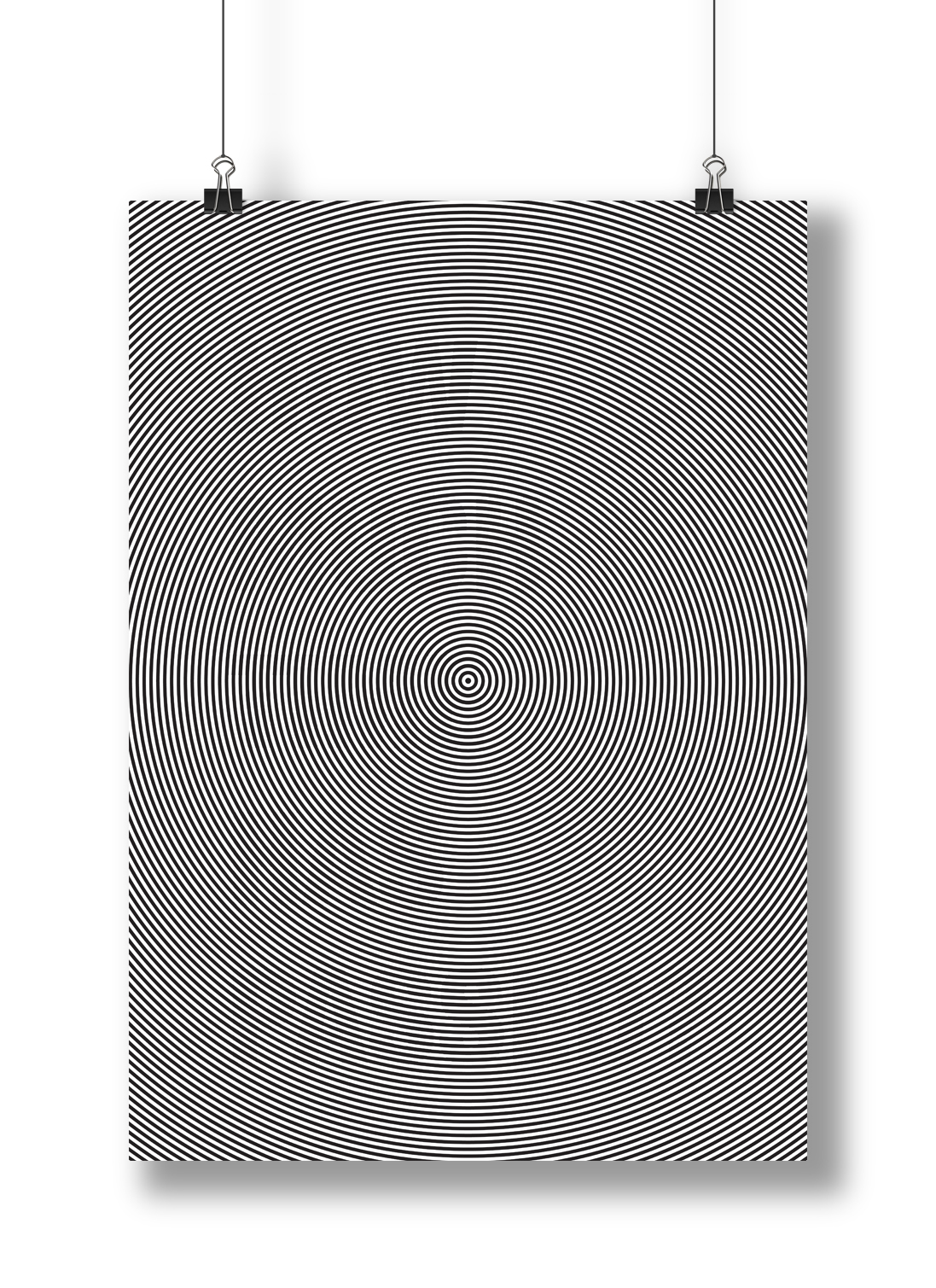
Time perception began with a personal take based on what I’ve experienced as well as the realisation of similar encounters by my friends. This sparked me to create something to reflect upon this kind of experience that is usually taken less seriously as it was just a matter of individual perception. Through my research, I began to understand the “science” behind it and this somehow changes my perception towards time since I know how the brain works. Thus, the idea of illusion and typography came about as a form of medium towards the expression of this topic.
Time perception is defined as a field of study that is link to psychology and neuroscience in which it is subjective to the experience of time and measured by own perception. I couldn’t less agree to this yet I felt that this is a scientific approach toward the definition of such experience. From a less scientific view, I would define it as a rather common yet quite odd encounter with time as it differs from each individual.

